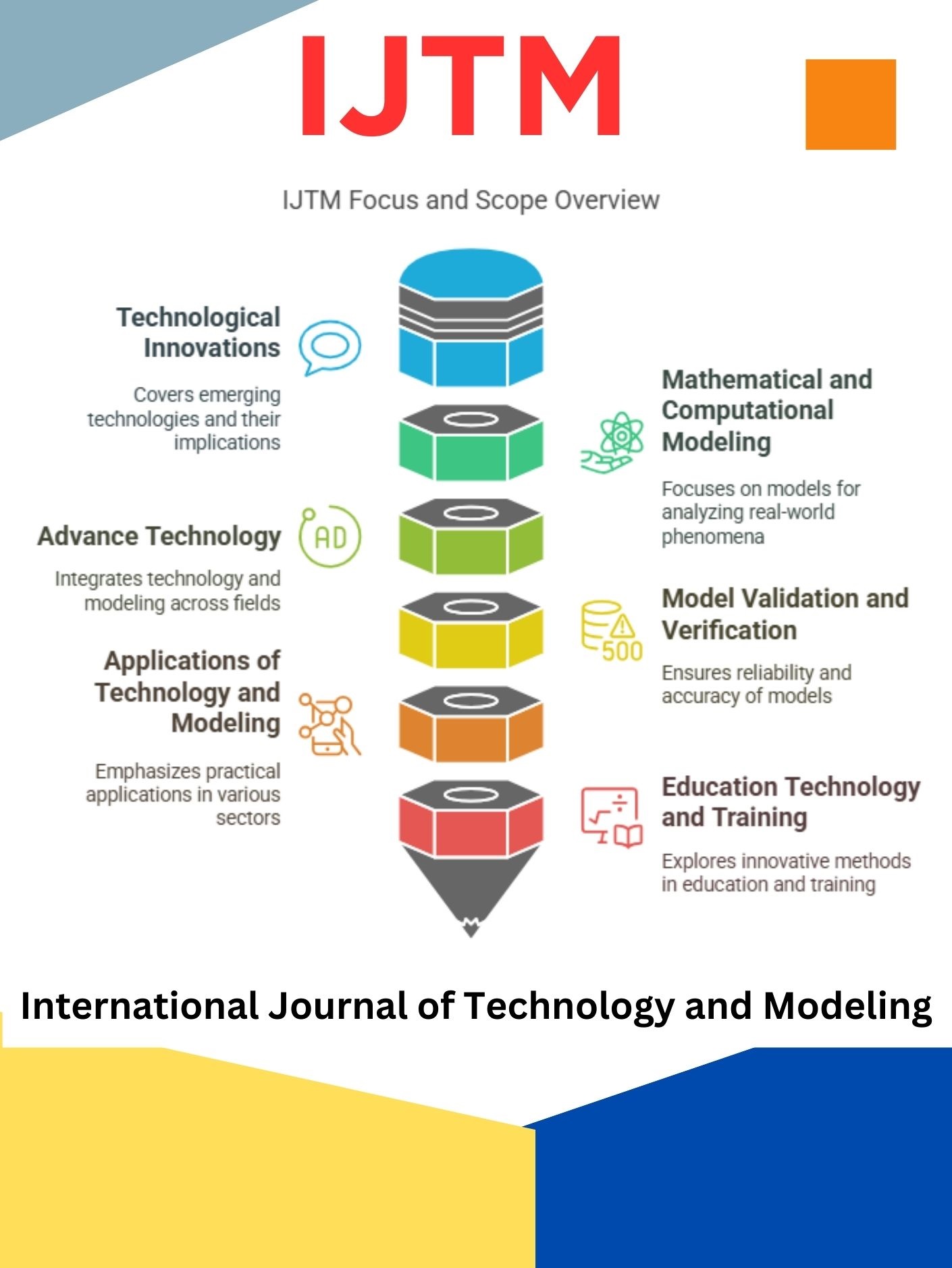Connection and Application of Logic In The Field Artificial Intelligence
DOI:
https://doi.org/10.63876/ijtm.v1i2.9Keywords:
Logic,, artificial intelligence,, knowledge representation,, causative resoning,, spatial reasoningAbstract
This paper discusses the connection and implementation of logic as one of the sub-fields of discrete mathematics within other fields of informatics, namely artificial intelligence or artificial intelligence (artificial intelligence). The discussion is preceded by an introduction in the form of the definition of the field of artificial intelligence that we will review is also equipped with history and research discussion of other fields under the field of artificial intelligence. Next, we will discuss the relationship between logic and artificial intelligence. On the way will a new discussion emerges, namely the representation of knowledge as the basis for the construction of a logical system complex. In addition, in discussing the implementation of logic in our artificial intelligence field requires good reasoning. So here will also be explained the definition of various type of reasoning.
Downloads
References
S. Saluky. Yoni Marine, “Penerapan IoT untuk Kota Cerdas,” ITEJ (Information Technol. Eng. Journals), vol. 03, no. 01, 2018.
Saluky, “Tinjauan Artificial Intelligence untuk Smart Government,” ITEJ (Information Technol. Eng. Journals), vol. 03, no. 01, 2018.
S. Saluky. Santinah Santinah, “The Effect of Online Games on Learning Motivation and Learning Achievement,” ITEJ (Information Technol. Eng. JournalsInformation Technol. Eng. Journals), vol. 7, no. 1, pp. 22–31, 2022.
Hilmi Zaki Islahati; Rezza Trie Kusdayati; Saluky Saluky, “Implementasi Bilangan Bulat pada Permainan Tradisional Congklak,” Nurjati J. Math. Math. Sci., vol. 1, no. 2, pp. 115–129, 2021.
Saluky, “Development of Enterprise Architecture Model for Smart City,” ITEJ (Information Technol. Eng. Journals), vol. 02, no. 02, 2017.
A. Firmansya, S. M. Hidayani, and N. S. Munawaroh, “Improve Assertiveness Towards Students Questions in The Language of Mathematical Logic,” Int. J. Technol. Model., vol. 1, no. 1, pp. 1–6, 2022.
A. Zamzam, S. Diniyah, and M. Fikri, “Application of Blended Learning Models in Logic and Mathematical Reasoning Courses,” Int. J. Technol. Model., vol. 1, no. 1, pp. 7–13, 2022.
M. B. Iryono and I. Qonita, “Analysis of Students Mathematical Communication Ability Models on Set Materials,” Int. J. Technol. Model., vol. 1, no. 1, pp. 14–20, 2022.
J. Jumaroh and S. P. Surachman, “Development of UNO Game Media in Mathematics Learning Integer Operations,” Int. J. Technol. Model., vol. 1, no. 1, pp. 22–27, 2022.
F. Pebrianti, L. Nurfitri, and N. Roza, “The Use of Mathematical Logic in Determining Deliberation Decisions Models,” Int. J. Technol. Model., vol. 1, no. 1, pp. 28–35, 2022.



